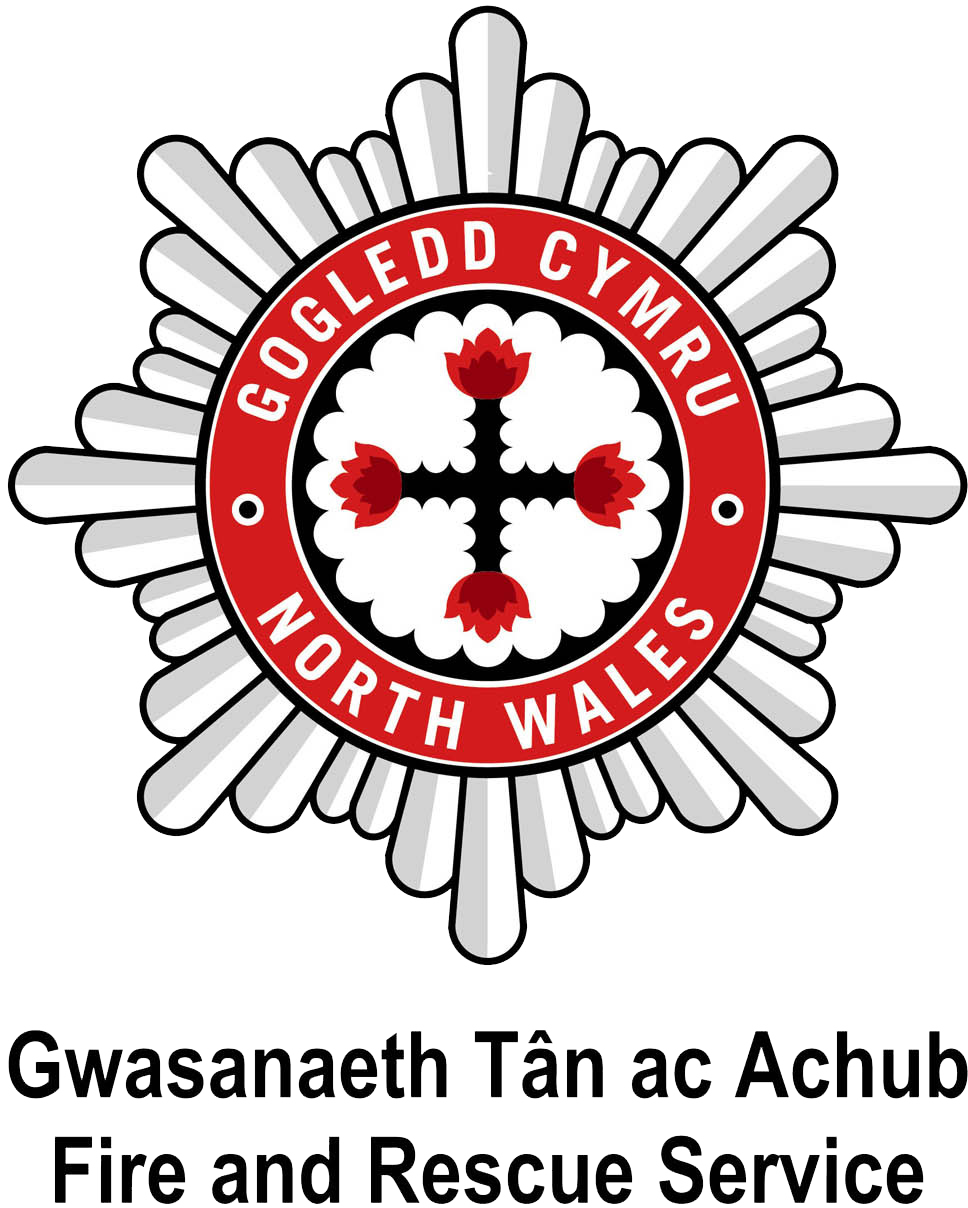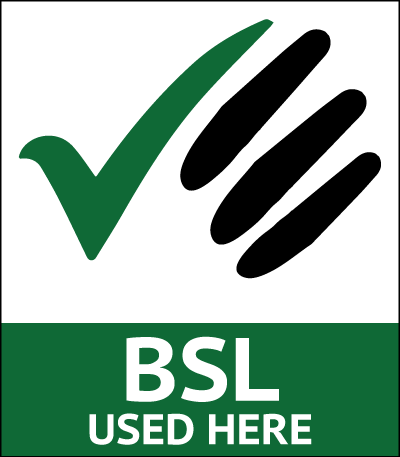Choosing the Correct Fire Extinguisher
The Legal position.
Under the Regulatory Reform (Fire Safety) Order 2005 (FSO) the Responsible person (RP) has a general duty to take general fire precautions (Article 8) and as defined under Article 4(1)(d) 'measures in relation to the means for fighting fires on the premises;'
This is further defined in Article 13;
'(1)....... The responsible person must ensure that-
(a) The premises are, to the extent that is appropriate, equipped with appropriate fire-fighting equipment ........ and
(b) Any non-automatic fire-fighting equipment so provided is easily assessable, simple to use and indicated by signs.
(2) for the purposes of Paragraph (1) what is appropriate is to be determined having regard to the dimensions and use of the premises, the equipment contained on the premises, the physical and chemical properties of the substances likely to be present and the maximum number of persons who may be present at any one time.'
What this means in terms of the numbers and type of portable fire extinguisher (PFE) that should be present in the property depends on the size of the premises, the type and nature of the operations being carried out and the nature of any substances present. It is therefore difficult to give general rules. Specific information is to be found in the British Standards (BS) 5306, BS 7937 and BS EN 3.
Fire Classes and Ratings.
Portable extinguishers are rated (BS EN 3) which relates to tests of their effectiveness at putting specific fire types out.
Fires are designated and defined 'for the purpose of classifying fires of different natures and of simplifying spoken and written reference to them:
Class A: fires involving solid materials, usually of an organic nature, in which combustion normally takes places with the formation of glowing embers.
Class B: fires involving liquids or liquefiable solids.
Class C: fires involving gases.
Class D: fires involving metals.
Class F: fires involving cooking media (vegetable or animal oils and fats) in cooking appliances.' (BS EN 2)
Electrical fires: fires involving a live electrical supply
The rating is based on the ability of the extinguisher in putting out different sizes and classes of fire under controlled conditions. The indices for the numbers vary for the different classes, and therefore a rating for one class does not relate to another class.
The process of achieving the rating, for this note, is not relevant, however the rating is what determines the number and size of portable extinguishers required.
Class A Fires
For Class A fires the common extinguisher is a water based extinguisher, and a 9litre water extinguisher carries a 13A rating.
As Class A fires are the most common in any premises then a number of Class A rated extinguishers are required. There is a formula for determining the number required.
In simple terms;
- the formula is 0.065 x floor area = floor rating. E.g. 0.065 x 500 sq. metres = 32.5A
(3 x 9litre Water PFE with a rating of 13A each would more than satisfy the formula).
- Irrespective of the formula, a minimum of 2 on each storey with a floor area of between 100 and 400 sq metres
- travel distance should be no further than 30 metres from the PFE to the seat of any fire. Therefore a Class A extinguisher should be situated within 30 metres of any part of the premises.
Most class A rated extinguishers are water based and therefore can provide a potential risk where electricity is/or could be, involved in the fire. This is due to the conductivity of water and the potential hazard of an electric shock. This should be borne into account, and certainly pointed out during any training of staff in the use.
Electrical Fires.
Where there is a potential of electricity being involved in the fire, then PFEs which have a fire safe pictogram (as illustrated above) should be used.
Class B,C,D and F Fires
With regard to other classes of potential fire (B,C,D and F), it depends on the risk of these types of fire starting. A suitably rated extinguisher should be sited in the vicinity of the potential threat. Further guidance on the size and type of B, C and D extinguishers can be found in BS EN 3 (all parts) and BS 5306, BS 7937 for class F fires.
Note: Class C fires should not normally be tackled with a fire extinguisher as extinguishing a gas flame does not stop the flow of flammable gas, and an explosive mixture could ensue which could be a greater hazard than the original fire.
Your risk assessment will identify the need for specific fire extinguishers in relation to the hazards in the premises. A thorough knowledge of the characteristics of the various types of extinguisher is therefore required by the competent person carrying out the assessment.
Training
PFEs are potentially valuable in the early stages of fire when their portability and immediate availability for use by one person enable a prompt attack to be made. They cannot be expected to deal with a large fire since they are essentially first aid fire-fighting appliances of a limited capacity.
It is therefore important that any person expected to use a fire extinguisher should have adequate training with the relevant extinguishers, being as much aware of their limitations as well as their effectiveness.
Maintenance
It is important that any equipment that is in place should be operational, therefore planned maintenance is important. BS 5306 - 3 gives advice on the commissioning and maintenance of PFEs. An extinguisher that does not work in an emergency is putting the operator in danger, therefore it is important to have a weekly visual inspection of the apparatus to ensure;
the extinguisher is on it's bracket
it is unobstructed and visible
the operating instructions are clean, legible and facing outwards
the anti tamper device is present and in tact
it does not have any appearance of damage
the gauge (if present) is showing that the pressure is satisfactory.
A contract with an appropriate competent person to give a basic service of the appliances at least annually and an extended service every 5 years should be in place.

